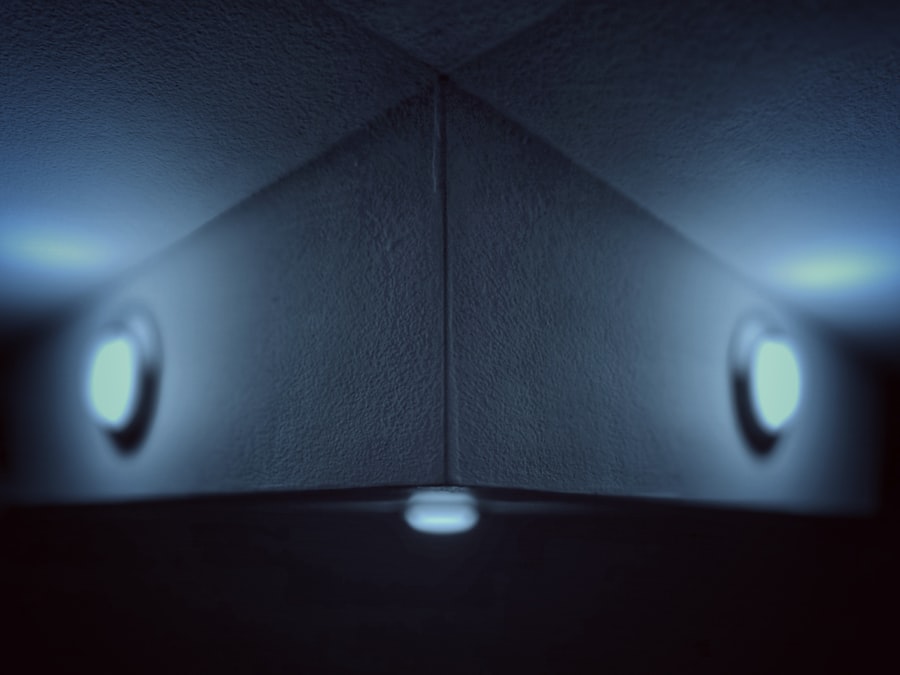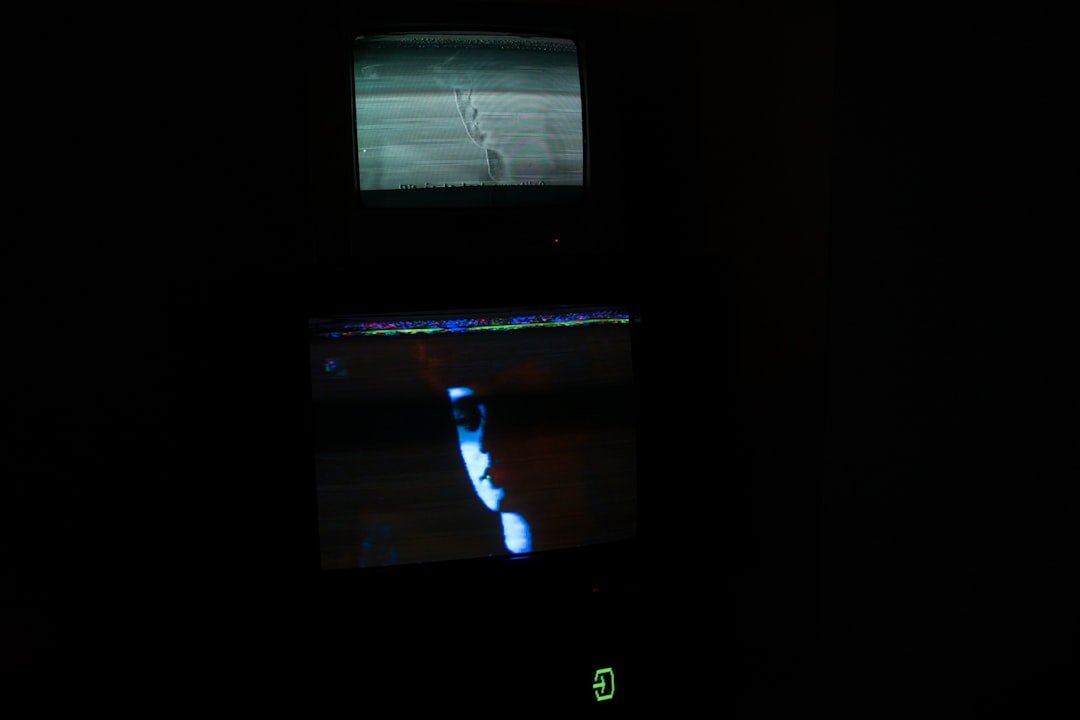Holography is a sophisticated photographic technique that captures and reproduces three-dimensional images through the interference of light beams from a laser or other coherent light source. Unlike traditional photography, which captures a flat representation of a scene, holography records the light field reflected from an object, allowing for the reconstruction of its three-dimensional form. This unique capability enables viewers to perceive depth and parallax, creating a more immersive visual experience.
The term “holography” derives from the Greek words “holos,” meaning whole, and “grapho,” meaning to write, which aptly describes the technology’s ability to encapsulate a complete visual representation of an object. The origins of holography can be traced back to the early 1940s when Hungarian scientist Dennis Gabor first conceptualized the idea while working on electron microscopy. However, it wasn’t until the advent of laser technology in the 1960s that practical holography became feasible.
The first laser holograms were created by researchers such as Emmett Leith and Juris Upatnieks, who demonstrated the potential of this technology in various applications. Over the decades, holography has evolved significantly, transitioning from laboratory experiments to commercial products and applications across multiple fields. Today, it stands at the intersection of art, science, and technology, offering innovative solutions that challenge our conventional understanding of visual representation.
Key Takeaways
- Holography is a technique that allows the light scattered from an object to be recorded and later reconstructed to create a three-dimensional representation of the object.
- Recent advancements in holography technology have led to the development of more realistic and interactive holographic displays.
- Holography has potential applications in various industries including automotive, aerospace, and defense for prototyping, design, and visualization purposes.
- Holography is playing an increasingly important role in entertainment and media, with applications in live performances, advertising, and virtual reality experiences.
- In healthcare and medical imaging, holography is being used for creating 3D models of organs and tissues for surgical planning and medical education.
Recent Advancements in Holography Technology
Digital Holography: A New Era of Flexibility and Precision
One notable development is the emergence of digital holography, which utilizes digital sensors and computer algorithms to capture and reconstruct holograms. This approach allows for greater flexibility and precision in creating holographic images, as well as the ability to manipulate and analyze holographic data using sophisticated software tools.
New Avenues for Research and Application
Digital holography has opened new avenues for research and application, particularly in fields such as metrology and imaging.
By combining holographic displays with AR and VR systems, developers are creating immersive environments that enhance user interaction and engagement.
Expanding Applications in Various Sectors
For instance, companies like Microsoft have incorporated holographic technology into their HoloLens devices, enabling users to visualize and interact with 3D holograms in real-world settings. This convergence of technologies not only enhances the realism of virtual experiences but also expands the potential applications of holography in various sectors, including gaming, design, and education.
Potential Applications of Holography in Various Industries

The versatility of holography lends itself to a wide array of applications across diverse industries. In manufacturing and quality control, for example, holographic interferometry is employed to detect minute deformations in materials and components. This non-destructive testing method allows engineers to assess structural integrity without compromising the object being tested.
By analyzing interference patterns created by laser light reflecting off surfaces, manufacturers can identify defects or irregularities that may affect performance or safety. In the realm of security and anti-counterfeiting measures, holography has proven to be an invaluable tool. Holograms are increasingly used on credit cards, passports, and product packaging to deter forgery and ensure authenticity.
The intricate designs and three-dimensional features of holograms make them difficult to replicate using conventional printing techniques. As counterfeiters become more sophisticated, the demand for advanced holographic security features continues to grow, prompting ongoing research into new materials and production methods that enhance both security and visual appeal.
The Role of Holography in Entertainment and Media
| Application | Metrics |
|---|---|
| Holographic Concerts | Viewer Engagement, Ticket Sales, Revenue |
| Holographic Advertising | Brand Awareness, Customer Engagement, ROI |
| Holographic Performances | Critical Acclaim, Audience Satisfaction, Media Coverage |
| Holographic Gaming | User Interaction, Game Sales, Player Retention |
Holography has made significant inroads into the entertainment industry, transforming how audiences experience music concerts, theater performances, and film presentations. One of the most iconic examples is the use of holographic projections to bring deceased artists back to life on stage. The late rapper Tupac Shakur’s hologram performance at Coachella in 2012 captivated audiences and sparked discussions about the ethical implications of resurrecting artists through technology.
This event showcased not only the technical capabilities of holography but also its potential to create emotional connections between performers and fans.
By incorporating holograms into cinematic experiences, directors can create more immersive environments that draw viewers into the narrative.
For instance, projects like “Star Wars: The Force Awakens” have experimented with holographic displays to present characters and scenes in innovative ways. As technology continues to advance, it is likely that we will see even more creative applications of holography in film and television, pushing the boundaries of traditional media formats.
Holography in Healthcare and Medical Imaging
In healthcare, holography is emerging as a powerful tool for medical imaging and diagnostics. One of its most promising applications lies in the visualization of complex anatomical structures. Traditional imaging techniques such as X-rays or MRIs provide two-dimensional representations that can obscure critical details.
Holographic imaging, on the other hand, allows for three-dimensional reconstructions of organs and tissues, enabling healthcare professionals to gain deeper insights into patient conditions. For example, researchers have developed holographic imaging systems that can visualize blood flow in real-time during surgical procedures. By projecting 3D holograms of blood vessels onto a surgeon’s field of view, these systems enhance precision and reduce the risk of complications.
Additionally, holography can facilitate better preoperative planning by providing surgeons with detailed anatomical models that can be manipulated and studied before entering the operating room. As this technology continues to evolve, it holds the potential to revolutionize surgical practices and improve patient outcomes.
Holography in Education and Training

The educational sector is also beginning to harness the power of holography to enhance learning experiences. Holographic displays can create interactive 3D models that allow students to engage with complex subjects in a more tangible way. For instance, medical students can study human anatomy by examining lifelike holograms of organs and systems from various angles, fostering a deeper understanding than traditional textbooks or flat images can provide.
Moreover, vocational training programs are utilizing holographic simulations to prepare individuals for real-world scenarios without the associated risks. In fields such as aviation or emergency response, trainees can practice procedures using holographic representations of aircraft or emergency situations. This immersive training method not only enhances skill acquisition but also builds confidence among learners by allowing them to make mistakes in a safe environment before applying their knowledge in real-life situations.
Challenges and Limitations of Holography
Despite its numerous advantages and potential applications, holography faces several challenges that hinder its widespread adoption. One significant limitation is the cost associated with producing high-quality holograms. The equipment required for creating and displaying holograms—such as lasers, optical components, and specialized software—can be prohibitively expensive for many organizations.
This financial barrier often restricts access to advanced holographic technologies, particularly for smaller businesses or educational institutions. Additionally, there are technical challenges related to resolution and viewing angles. While advancements have been made in improving these aspects, achieving high-resolution holograms that can be viewed from multiple angles remains a complex task.
Current display technologies often struggle with issues such as color fidelity and brightness when rendering holographic images. As researchers continue to explore new materials and techniques—such as photopolymers or liquid crystal displays—addressing these challenges will be crucial for unlocking the full potential of holography across various sectors.
The Future of Holography: Emerging Trends and Opportunities
Looking ahead, the future of holography appears promising as emerging trends continue to shape its development. One notable trend is the increasing integration of artificial intelligence (AI) with holographic technologies. AI algorithms can enhance image processing capabilities, enabling more sophisticated analysis and manipulation of holographic data.
This synergy could lead to breakthroughs in fields such as medical imaging or industrial inspection by providing deeper insights into complex datasets. Furthermore, advancements in nanotechnology are paving the way for new materials that could revolutionize holographic displays. Researchers are exploring nanoscale structures that manipulate light at unprecedented levels of precision, potentially leading to thinner, lighter displays with improved performance characteristics.
As these innovations come to fruition, they may facilitate broader adoption of holographic technologies across industries ranging from entertainment to education. In conclusion, while challenges remain in terms of cost and technical limitations, ongoing research and development efforts are poised to unlock new opportunities for holography in various fields. As this technology continues to evolve, it will undoubtedly play an increasingly significant role in shaping our visual experiences and interactions with the world around us.
If you are interested in exploring the development of rationalism further, you may want to check out this article that delves into the philosophies of Descartes, Spinoza, and Leibniz. Rationalism, a philosophical movement emphasizing reason and logic, has had a significant impact on various fields, including holography. Understanding the rationalist perspectives of these influential thinkers can provide valuable insights into the intellectual foundations that have shaped our understanding of concepts like holography.





















+ There are no comments
Add yours